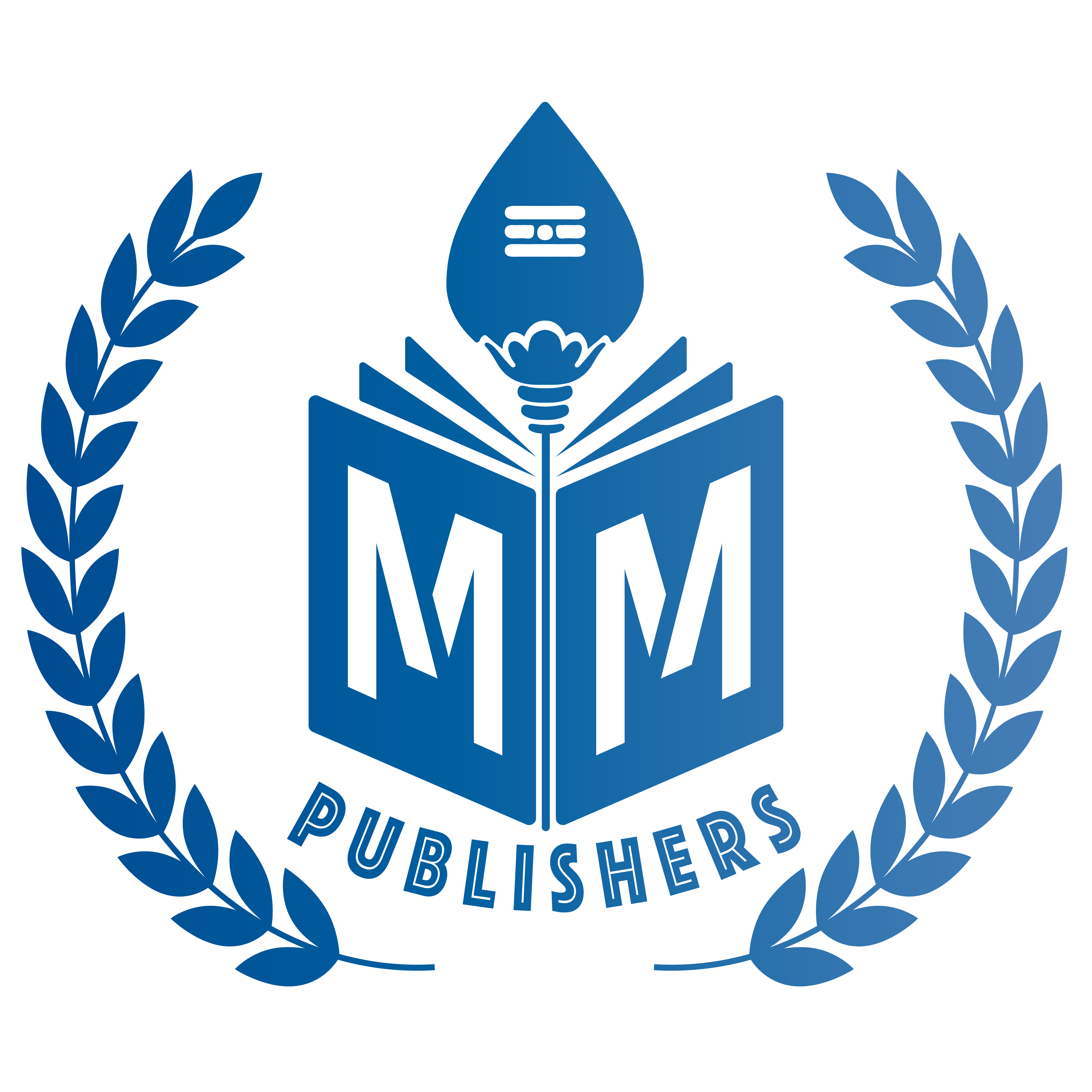Impacted Supernumerary Mandibular ‘Distomolar’ – An unique identification Tool in Forensic Crime Investigation
A Case report
DOI:
https://doi.org/10.56501/intjforensicodontol.v8i2.674Keywords:
Supernumerary, distomolar, mandibular third molars, surgical extraction, impacted teeth, Forensic odontologyAbstract
A supernumerary tooth is an odonto-stomatologic anomaly which is characterized by an excess number of teeth that are present compared to what is expected in the normal dentition. The prevalence rates of supernumerary teeth, reported in literature, varybetween 0.1% to 3.8% of the general population, and are seen more commonly in the permanent dentition. Due to this rarity,supernumerary teeth can be a useful tool in forensic odontology particularly focusing on identification and sorting of individuals both clinically and radiological assessment in forensic evaluation.
References
Wang XP, Fan J. Molecular genetics of supernumerary tooth formation. Genesis. 2011; 49(4), 261–277. doi:10.1002/dvg.20715
Garvey MT, Barry HJ, Blake, M. Supernumerary Teeth -An Overview of Classification, Diagnosis and Management. J Canadian Dent Assoc. 1999; 65(11). https://www.cda-adc.ca/jcda/vol-65/issue-11/612.html
Luten JR. The prevalence of supernumerary teeth in primary and mixed dentitions, J. Dent. Child. 1967; 34, 346-53.
Stafne EC. Supernumerary teeth, Dent. Cosmos. 1935; 74, 653-659.
Timocin N, Yalcin S, Ozgen M, Tanyeri H. Supernumerary Molars and Paramolars. J Nihon Univ School of Dent. 1994; 36(2), 145–150. doi: 10.2334/josnusd1959.36.145
Mcbeain M, Miloro M. Characteristics of Supernumerary Teeth in Nonsyndromic Population in an Urban Dental School Setting. J Oral Maxillofacial Surg. 2018; 76(5), 933–938. doi: 10.1016/j.joms.2017.10.013
Grover PS, Lorton L. The incidence of unerupted permanent teeth and related clinical cases. Oral Surg Oral Med Oral Pathol. 1985; 59, 420-425.
Gurler G, Delilbasi C, Delilbasi E. Investigation of impacted supernumerary teeth: a cone beam computed tomograph (cbct) study. J Istanbul Univ Faculty of Dent. 2017; 51(3), 18–24. doi:10.17096/jiufd.20098
Yilmaz S, Adisen M Z, Misirlioglu M, Yorubulut S. Assessment of Third Molar Impaction Pattern and Associated Clinical Symptoms in a Central Anatolian Turkish Population. Medical principles and practice: Int J Kuwait Univ Health Science Centre. 2016; 25(2), 169–175. doi:10.1159/000442416
Arandi NZ. Distomolar. An overview and 3 case reports. Dent Oral Craniofacial Res. 2017; 4(1). doi: 10.15761/docr.1000236
Parolia A, Kundabala M, Dahal M, Mohan M, Thomas MS: Management of supernumerary teeth. J Conserv Dent. 2011; 14(3), 221–224. doi:10.4103/0972-0707.85791
Reddy GS, Reddy GV, Krishna IV, Regonda SK. Nonsyndromic bilateral multiple impacted supernumerary mandibular third molars: a rare and unusual case report. Case Rep Dent. 2013; 857147. doi:10.1155/2013/857147
Parolia A, Kundabala M. Bilateral maxillary paramolars and endodontic therapy: a rare case report. J Dent (Tehran) 2010;7 (2):107-11. Brook AH. Dental anomalies
Subasioglu, A., Savas, S., Kucukyilmaz, E., Kesim, S., Yagci, A., & Dundar, M. (2015). Genetic background of supernumerary teeth. European journal of dentistry, 9(1), 153–158. https://doi.org/10.4103/1305-7456.149670
Anthonappa RP, King NM, Rabie AB, Mallineni SK. Reliability of panoramic radiographs for identifying supernumerary teeth in children, Int J Pediatric Dent 2012; 22: 37-43.
Baskarraj M, Gupta YM, Kumari RR, Samuel AV, Kannan SS, Mahesh R. Forensic odontology: Supernumerary teeth, their importance, and a radiographic study in identifying supernumerary teeth. International Journal of Forensic Odontology. 2016 Jul 1;1(2):39.
Multani RK, Sangeri KK, Ramalakshmi M, Pavithra S, Rajesh M, Singh LG. Supernumerary teeth: an investigating tool in forensic crime investigation. Journal of International Oral Health: JIOH. 2015 May;7(5):56.

Downloads
Published
How to Cite
Issue
Section
License
Copyright (c) 2023 Bhavik A Mohanlal, Prashanth x Haribabu Konatham, Minaal Verma, Akshay Vij, Charles D Fuszner

This work is licensed under a Creative Commons Attribution-NonCommercial 4.0 International License.

